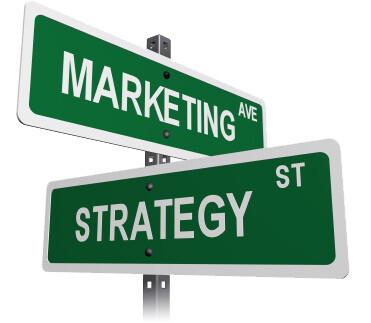
 From the time that products and services first appeared on the planet, marketers have used data in some form or another to better understand their customers and deliver more targeted pitches. Today, with a superabundance of data constantly streaming in from multiple channels, marketers have a huge “Big Data” resource they can leverage to gain actionable marketing insights.
From the time that products and services first appeared on the planet, marketers have used data in some form or another to better understand their customers and deliver more targeted pitches. Today, with a superabundance of data constantly streaming in from multiple channels, marketers have a huge “Big Data” resource they can leverage to gain actionable marketing insights.

 From the time that products and services first appeared on the planet, marketers have used data in some form or another to better understand their customers and deliver more targeted pitches. Today, with a superabundance of data constantly streaming in from multiple channels, marketers have a huge “Big Data” resource they can leverage to gain actionable marketing insights. Here’s a look at 5 ways big data is changing marketing—forever.
From the time that products and services first appeared on the planet, marketers have used data in some form or another to better understand their customers and deliver more targeted pitches. Today, with a superabundance of data constantly streaming in from multiple channels, marketers have a huge “Big Data” resource they can leverage to gain actionable marketing insights. Here’s a look at 5 ways big data is changing marketing—forever.
- Increased Personalization – In the glory days of the big department stores, the goal was to stand out from the competition by giving each and every customer an intimate buying experience. These attempts to provide more personalized service paid off with increased sales, greater customer loyalty and increased word of mouth advertising. Now, marketers of both large and small companies can use big data to communicate with customers in ways that are more relevant, personalized and targeted than ever before. A good case in point is Amazon. Using data garnered from wish lists, browsing histories and purchasing histories, Amazon leverages analytics to reach out to customers by name with individualized product suggestions. Big data presents a big opportunity for marketers to create personalization strategies that get results.
- Data-Driven Marketing – Once dismissed as little more than an industry buzzword, big data has ushered in the era of data-driven marketing. And as mountains of raw data continue to pile up, big data platforms, such as Hadoop, have emerged to help marketers make sense of it all. Now enterprises can store, manage and analyze massive amounts of data in real-time, enabling marketers to understand customers, not through segments, demographics, or sample sizes, but as individuals. Armed with this information, marketers can gain powerful insights into what customers really need and how to best serve those needs to enhance the customer experience.
- Predictive Analytics – Ever sit in the rear-facing seat in the back of a station wagon? Hopefully those seats have been banned by now. Still, they gave passengers a great view of where they’ve been, without providing any clue as to where they’re going. With respect to data, marketers have been stuck in the rear-facing seat. Their only view has been a backward glance at Web visits, clicks, open rates, downloads, tweets, etc., that have already happened. If only past data could be used to predict future customer behaviors. Not all that long ago there just wasn’t enough marketing data to accurately predict future customer behaviors. Now, through external systems such as the web and social media, along with internal systems such as CRM and purchase histories, bottomless pools of data are now available for marketers to gain insights on current and future buying behaviors—actionable insights that can drive sales of current products and services and give rise to newer and better products and services as well.
- Virtual Campaign Capabilities – Big data insights, coupled with good old-fashioned human creativity, can give rise to big ideas and bold campaigns. And thanks to big data simulations, those big ideas can be put to the test in a virtual marketplace, thus eliminating the risks and expense associated with in-market testing. Through the use of real-world data analyzed in real–time—with failure costs being nominal—even the most outlandish marketing ideas can be tested, tweaked and re-tested in big data simulations until they become actual campaigns whose effectiveness can then be measured with post marketing analytics.
- A Level Playing Field – With today’s technologies, big data is not just for big enterprises. Even small business marketers can reap big benefits from storing, managing, analyzing and visualizing data at very competitive costs. In addition, today’s software makes it possible for companies to implement big data analytics for marketing purposes without having to hire an army of skilled data scientists. Armed with the ability to market to their customers using the same tools and technologies as larger enterprises, small businesses can finally compete on a level playing field. Clearly, big data has changed the rules of the marketing game…forever.

